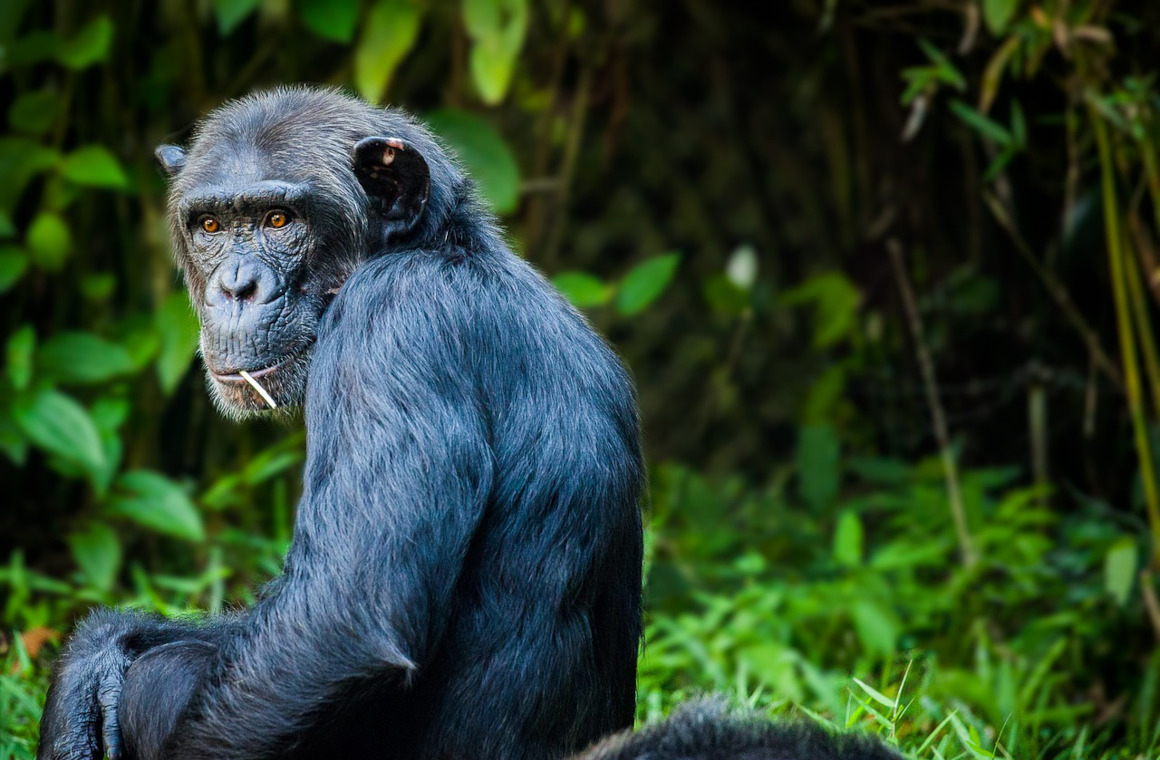
With an average decline of 83% of all observed populations, freshwater species are the most affected by the species crisis. The geographic hotspot of species extinction is South and Central America. With an average of 94%, the animal populations studied there have shrunk particularly sharply. According to WWF, the causes of species extinction are all man-made. The main reasons for the species crisis are the destruction of the habitats of many animals and plants, environmental pollution and the climate crisis.
The report focuses on the interaction between species extinction and the climate crisis. With a global warming of 1.5 degrees, the proportion of species at high risk of extinction due to the climate crisis is 4%. If the warming increases to three degrees, this proportion would rise to 26%. Conversely, the ongoing loss of biodiversity continues to fuel the climate crisis. Burning rainforests, dying species, and ever-expanding monocultures are reducing ecosystems' carbon storage.
For the Living Planet Report, more than 31,000 populations of over 5,230 vertebrate species around the world were evaluated.


